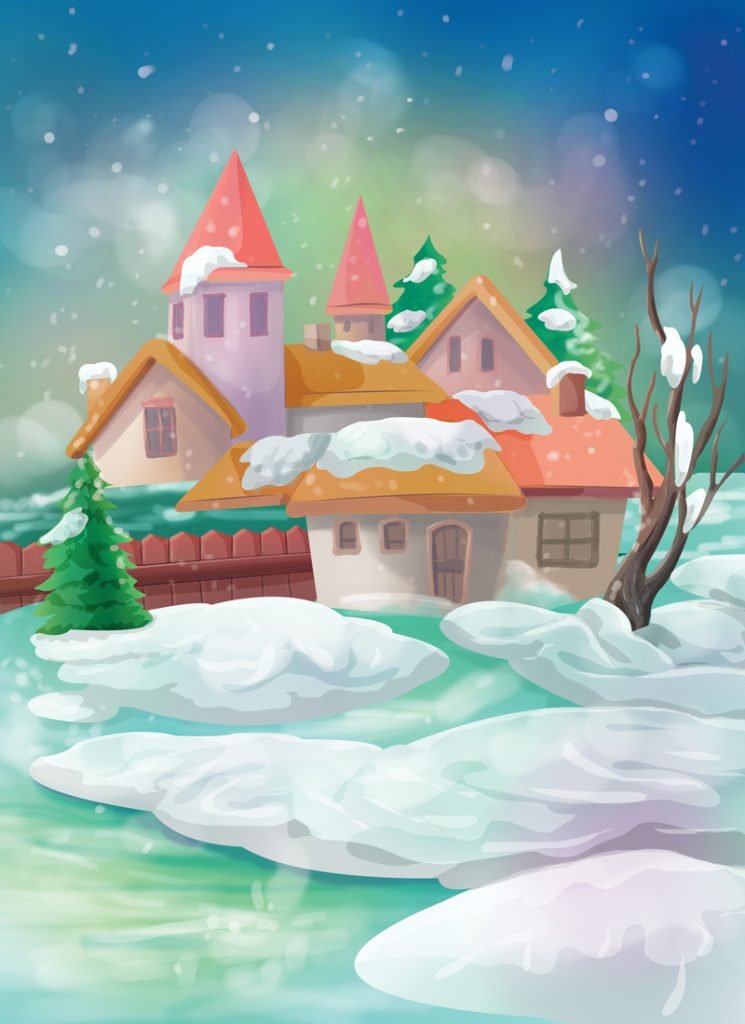Snow falls from the sky, but where exactly does it come from? Snow begins in the atmosphere as water condenses into a tiny droplet. As more and more water vapour condenses onto its surface, the droplet grows. Cold air then freezes this water into an ice crystal. Each ice crystal has a unique shape that depends on the temperature surrounding air and water vapour content. If it is below freezing and there is a lot of water vapour in the air, the crystal grows six evenly spaced branches. More and more water vapour collects on these branches and freezes, making the ice crystal increasingly heavy. Eventually, the ice crystal falls from the sky, leaving the cloud of precipitation that it helps to form. As it falls, the crystal continues to grow by picking up more water vapour. As it descends, the ice crystal can come into contact with warmer air that makes it melt somewhat. This melting acts like a glue, causing crystals to bond together into larger flakes, forming what many people think of as the ‘classic’ fluffy snowflake. If the crystals melt too much and then refreeze as they get closer to Earth’s surface, the precipitation falls as sleet instead of snow.
Why does it Snow?


